How to Balance Cost and Sustainability in Coffee PackagingAs the coffee industry continues to grow, so does the need for effective and sustainable packaging solutions. With increasing consumer awareness around environmental issues, coffee producers face the challenge of balancing cost and sustainability in coffee packaging. This article explores various strategies, materials, and practices that can help coffee businesses achieve this balance while maintaining profitability.
Understanding the Importance of Sustainable Coffee Packaging
How to Balance Cost and Sustainability in Coffee Packaging
- Environmental Impact: Traditional packaging materials, such as plastic and non-recyclable materials, contribute significantly to environmental pollution. Sustainable packaging reduces waste and encourages recycling and composting.
- Consumer Demand: Today’s consumers are more environmentally conscious. They prefer brands that demonstrate a commitment to sustainability. Companies that implement sustainable packaging can enhance their brand image and attract eco-conscious customers.
- Regulatory Compliance: Increasing regulations surrounding packaging waste require businesses to adapt their practices. Sustainable packaging can help companies stay ahead of these regulations and avoid potential fines.
Key Considerations for Balancing Cost and Sustainability
Balancing cost and sustainability in coffee packaging requires careful consideration of various factors. Here are some key considerations:
1. Material Selection
Choosing the right materials is fundamental in achieving sustainable coffee packaging. Here are some options:

- Biodegradable Materials: These materials break down naturally over time, reducing waste. While they may have a higher upfront cost, they can save money in waste disposal fees in the long run.
- Recyclable Materials: Using recyclable materials, such as paper and certain plastics, allows consumers to dispose of packaging responsibly. Investing in recycling-friendly materials can enhance brand loyalty.
- Reusable Packaging: Consider implementing reusable packaging systems, such as refillable bags or containers. This approach not only reduces waste but can also save money on materials over time.
2. Bulk Packaging
Another effective strategy for balancing cost and sustainability is bulk packaging. Here’s how it can help:
- Reduced Material Usage: By packaging coffee in larger quantities, businesses can minimize the amount of packaging material used per unit. This can lead to significant cost savings.
- Lower Shipping Costs: Bulk packaging often results in lower shipping costs per unit due to reduced weight and volume. This can enhance the overall profitability of the product.
- Less Waste: Bulk packaging generates less waste, contributing to sustainability efforts and appealing to environmentally conscious consumers.
3. Eco-Friendly Printing Techniques
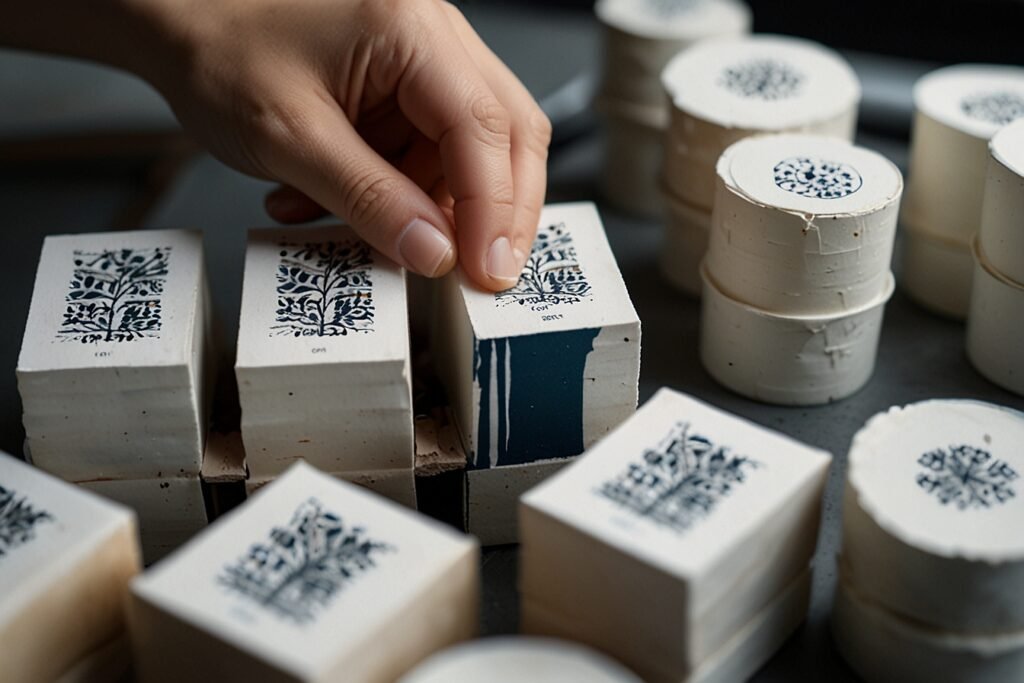
The printing process for packaging can also impact sustainability:
- Soy-Based Inks: Using soy-based inks instead of traditional petroleum-based inks can reduce environmental impact. Soy inks are more biodegradable and less harmful to the environment.
- Minimalist Designs: Simplifying packaging designs can reduce the amount of ink used, ultimately lowering costs and environmental impact. Minimalist designs can also resonate well with consumers who appreciate simplicity.
4. Collaborating with Suppliers
Building strong relationships with suppliers can lead to more sustainable packaging solutions:
- Sustainable Sourcing: Work with suppliers who prioritize sustainability in their production processes. This includes sourcing materials that are eco-friendly and ethically produced.
- Innovation Partnerships: Collaborate with suppliers to develop innovative packaging solutions that meet both cost and sustainability goals. This can lead to new materials or designs that benefit both parties.
5. Consumer Education
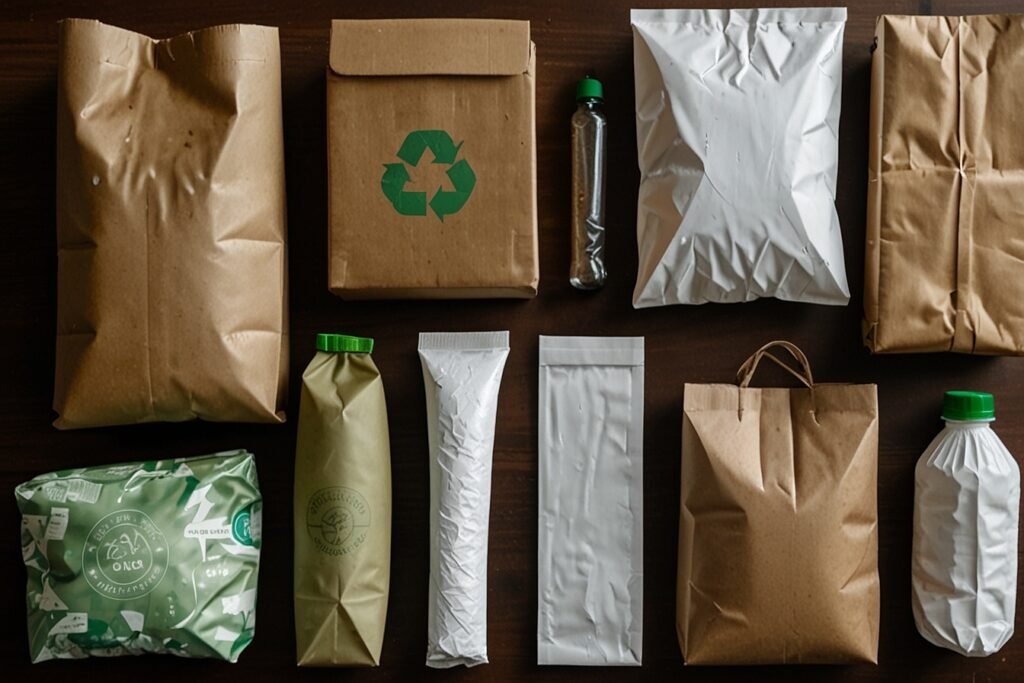
Educating consumers about the benefits of sustainable packaging How to Balance Cost and Sustainability in Coffee Packaging can enhance loyalty and justify any additional costs associated with eco-friendly materials:
- Transparency: Be transparent about the materials used and the sustainability efforts taken. This builds trust with consumers and encourages them to choose your brand over competitors.
- Recycling Instructions: Providing clear instructions on how to recycle or dispose of packaging responsibly can empower consumers to make environmentally friendly choices.
Success Stories in Sustainable Coffee Packaging
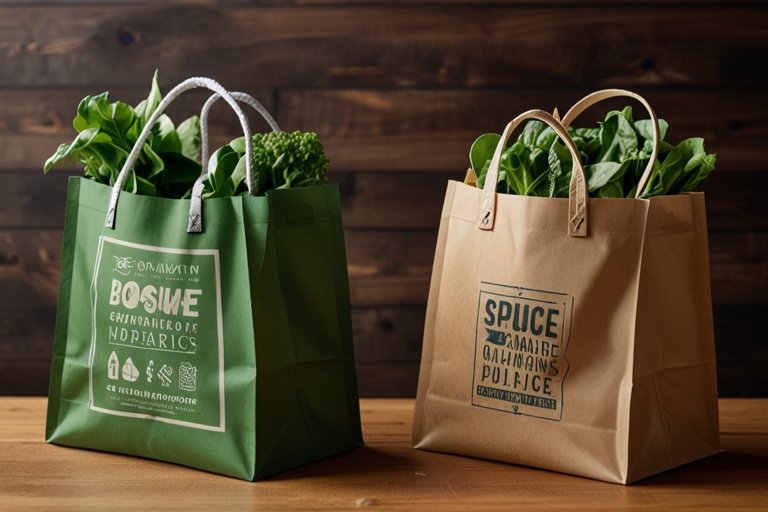
Several companies in the coffee industry have successfully balanced cost and sustainability in their packaging. Here are a few examples:
1. Company A: Biodegradable Bags
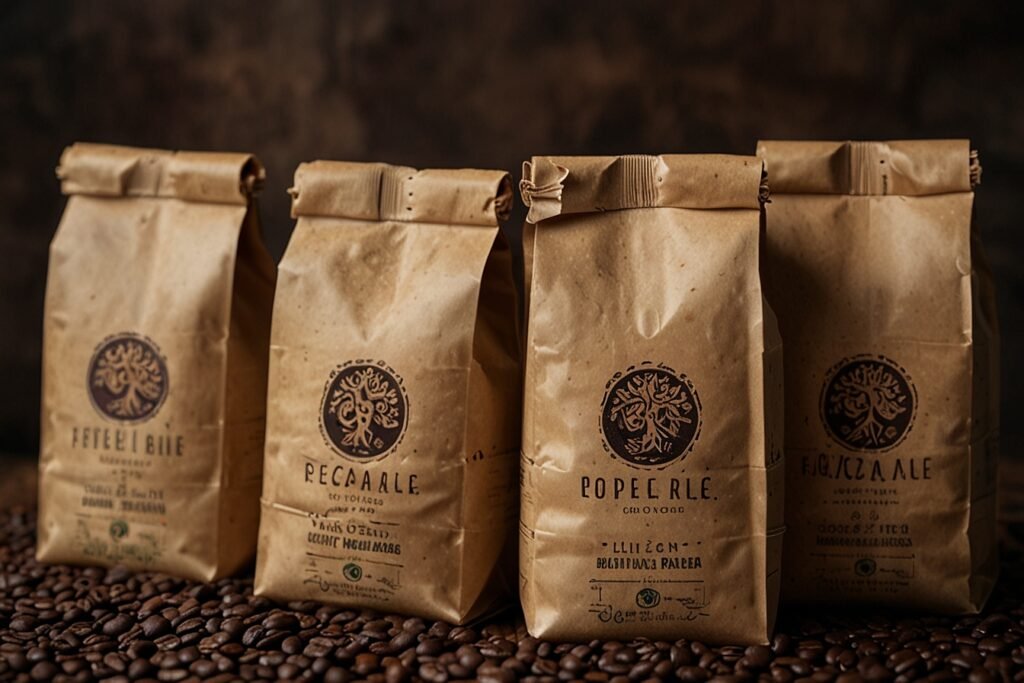
Company A switched from traditional plastic bags to biodegradable packaging. While the initial costs were higher, they saw an increase in sales as environmentally conscious consumers flocked to their brand. The company now benefits from lower waste disposal costs and a positive brand image.
2. Company B: Bulk Coffee Sales
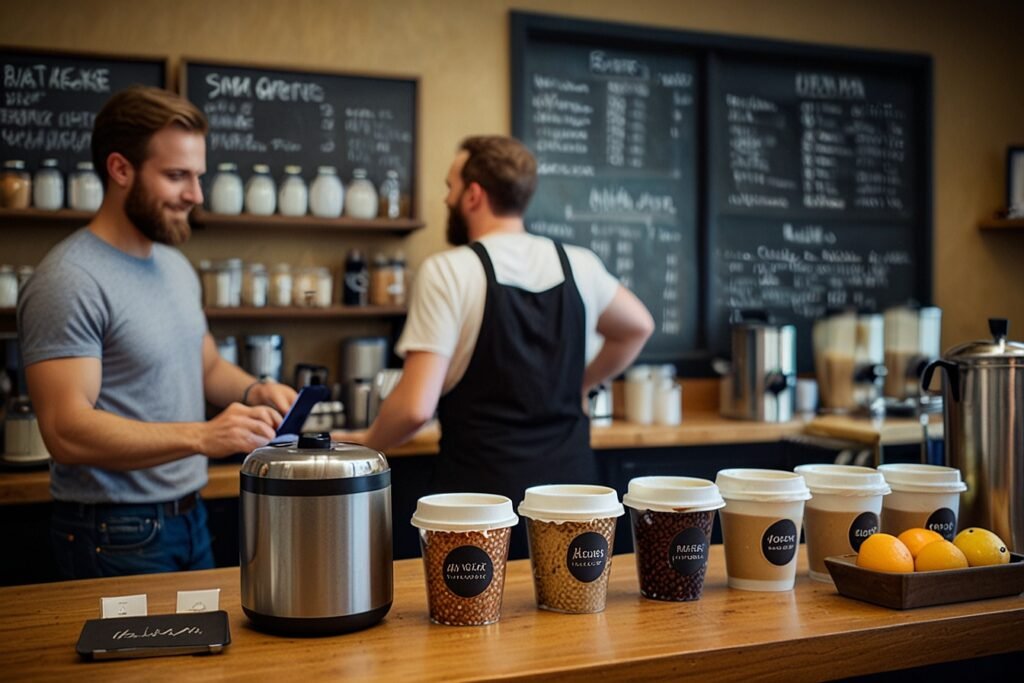
Company B implemented bulk coffee sales at their retail locations. By encouraging customers to bring their own containers, they reduced packaging costs and waste. This initiative not only appealed to eco-conscious consumers but also increased customer loyalty.
3. Company C: Innovative Designs
Company C collaborated with a packaging supplier to create a reusable coffee bag. Customers can return the bag for a discount on their next purchase. This innovative approach has helped the company reduce packaging waste while building a strong relationship with their customers.
Challenges in Implementing Sustainable Packaging
While the benefits of sustainable packaging are clear, there are also challenges to consider:
1. Higher Initial Costs
Transitioning to sustainable materials and practices may involve higher upfront costs. Businesses need to assess their budgets and determine how to absorb these costs over time.
2. Consumer Perception
Some consumers may still prioritize price over sustainability. Educating consumers about the long-term benefits of sustainable packaging is essential to overcoming this challenge.
3. Supply Chain Constraints
Finding reliable suppliers of sustainable materials can be difficult. Companies may need to invest time in researching and building relationships with suppliers who align with their sustainability goals.
The Future of Coffee Packaging
As the coffee industry continues to evolve, so will the packaging methods used. Here are some potential future trends:

1. Increased Use of Technology
Advancements in technology may lead to the development of new, more sustainable materials and packaging solutions. Companies that stay ahead of these trends will be better positioned to succeed.
2. Circular Economy Models
The concept of a circular economy, where materials are reused and recycled, will likely gain traction in the coffee industry. Businesses that adopt circular models can minimize waste and improve sustainability.
3. Consumer-Centric Approaches
As consumers become more environmentally conscious, companies will need to adopt approaches that prioritize consumer preferences for sustainability. This will involve ongoing education and engagement with customers.
Conclusion
Balancing cost and sustainability in coffee packaging is crucial for the future of the coffee industry. By selecting the right materials, utilizing bulk packaging, and collaborating with suppliers, businesses can achieve this balance while satisfying the demands of environmentally conscious consumers. As the industry evolves, those companies that prioritize sustainable practices will not only contribute to environmental conservation but also enhance their brand reputation and profitability. Embracing sustainability in coffee packaging is not just a trend; it’s a pathway to a more responsible and successful future in the coffee market.



One Comment on “How to Balance Cost and Sustainability in Coffee Packaging”